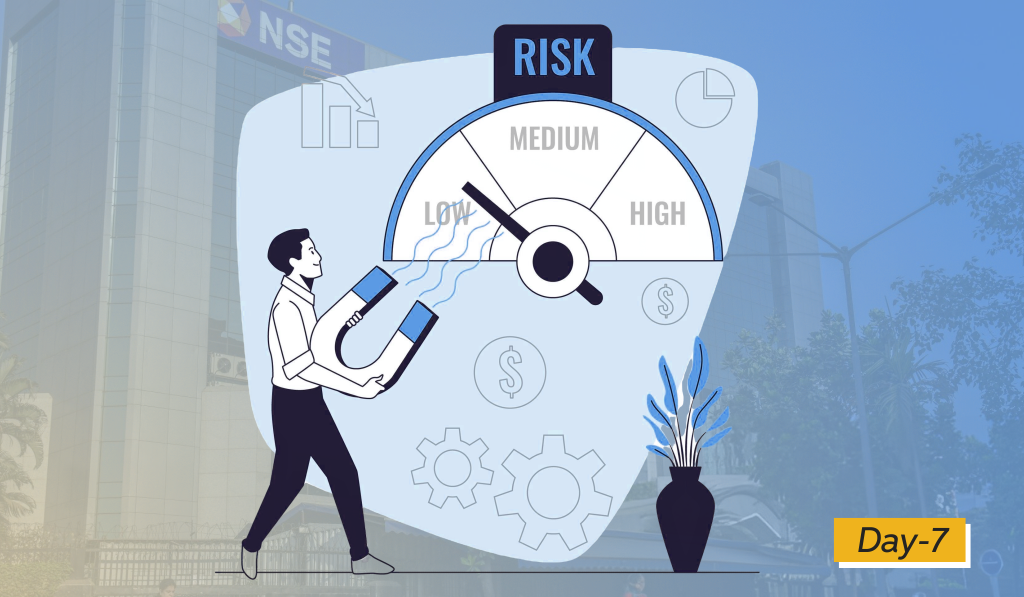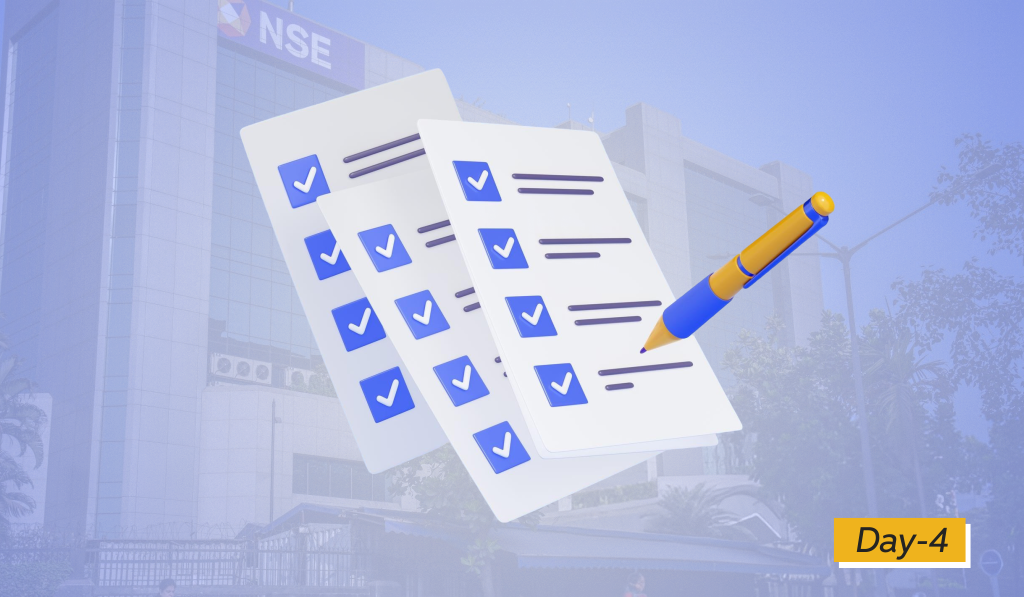Risk Management in Stock Trading
Risk management is the most important factor in achieving success in the stock market. Risk management is the process of identifying, assessing, and controlling potential losses in the stock market. The most serious mistake almost all investors make is letting their losses run. To manage risk and make a net profit, investors must have a defined plan and follow their rules.
The key to managing risk is to acknowledge that you have control over it and to accept full responsibility for your results. Without taking 100 percent responsibility, a trader can’t respond effectively to the market. The goal is to not lose big, which is the most important factor for winning big.
There are two main components of risk management:
- Planning your trades before entering the market.
- Approaching every trade with a “risk-first” mindset.
How to Plan Your Trades
A trading plan helps you to define parameters ahead of time, which establishes a basis for knowing whether your plan is working or not.
Key elements of a trading plan include:
- An entry mechanism that determines precisely what triggers a buy decision.
- A plan for dealing with risk, including what to do if the trade moves against you or if the reason you bought the stock suddenly changes.
- A plan for locking in profits.
- A plan for position sizing and when to reallocate funds.
Preparing for the Unexpected
Contingency planning, or using a “what if” process, helps to mitigate risk and build capital. The mark of a professional is proper preparation. This includes working out responses to meet virtually any conceivable development that may take place before making a trade.
Contingency plans should be developed for the following situations:
- Where you will get out if the position goes against you.
- What the stock must do to be considered for purchase again if you get stopped out of the trade.
- Criteria for selling into strength and nailing down a decent gain.
- When to sell into weakness to protect profit.
- How you will handle catastrophic situations and sudden changes that require swift, decisive action under pressure.
How to Approach Every Trade “Risk-First”
A risk-first approach means focusing on the downside and knowing exactly what you stand to lose if you’re wrong before entering a trade. This starts with determining the stop-loss point or the price at which you will sell at a loss if things don’t work out.
If you consistently buy stocks with more reward than risk, you will have an edge over time. But if you risk more than you stand to gain, you are essentially gambling. When you fail to trade with stop-loss protection, you are guaranteed to have a major accident in the market – it’s just a matter of time.
Position Sizing
Position sizing refers to the amount of equity you risk per trade and should never be more than 1.25 to 2.5 percent of your equity. The less experienced you are, the less risk you should take on.
The size of your position should be determined by how much equity you stand to lose if a trade goes against you. The main idea is to never put your entire account into just one stock. Diversification does not protect you from losses, and too much concentration will put you at risk of ruin. Optimal position sizing, or finding a balance between an acceptable position size and a stop that allows the stock’s price to fluctuate normally without choking off the trade, is the goal.
Factors to consider when determining position sizing include:
- Average loss
- Average gain
- Batting average
Additional Considerations to Keep in Mind
- Align with the Market: Trading in the direction of the overall market trend can increase the chances of profitability.
- Diversify: Picking stocks from two or three top-performing sectors can help to spread risk. Investing in a variety of assets across different sectors and asset classes to reduce overall portfolio risk.
- Cutting Losses Short: This is the key to success in the stock market . The larger the loss, the more difficult it is to recover from it. Investors should set an absolute maximum loss of no more than 8%.
- Understand Volume: Understanding volume analysis can help you confirm or deny buy and sell setups and see stronger and weaker signals, which allows you to pick stronger setups.
- Align with the Market: Trading in the direction of the overall market trend can increase the chances of profitability.










